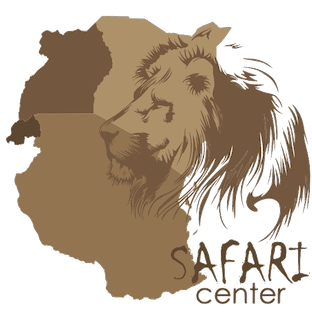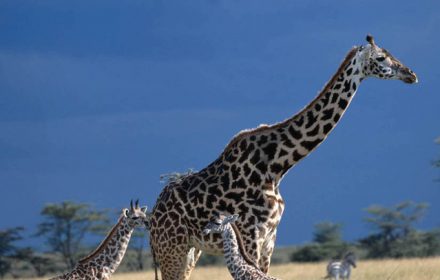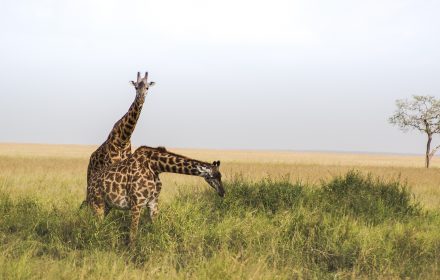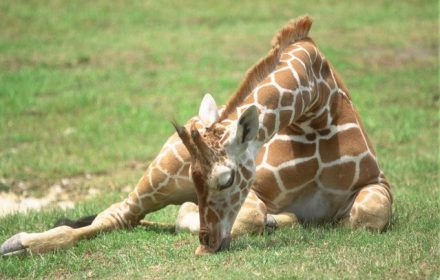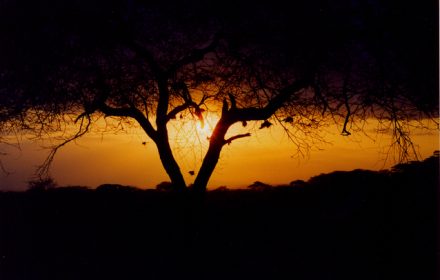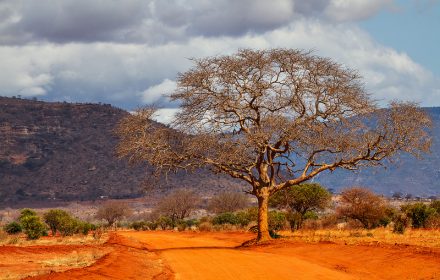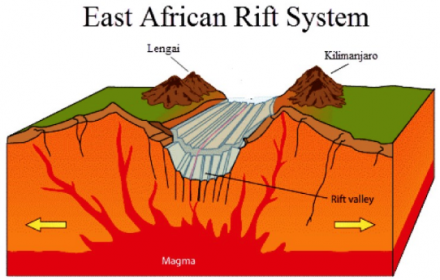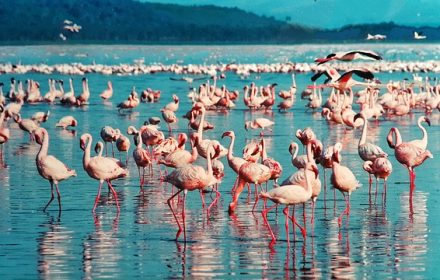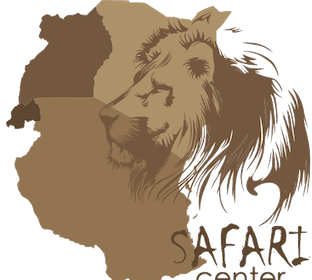At an average height of 5.6m from the ground to the horns, the tallest land-based mammal in the world is giraffe. Despite its tallness, it is closely related to the smaller Okapi that is found elusively in the dense tropical forests. Giraffes are rarely heard and are considered silent mammals, but when disturbed, they will growl, grunt and snort to warn others of the danger. Some other communication sounds are mooing, moaning, hissing, snoring, and flutelike sounds. Mother giraffes search for their lost young by whistling and bellowing calls. And the young return the mother’s calls by mewing or bleating.
Articles by V
The thing that differentiates a Maasai giraffe from other species is the design of its irregular star-shaped patches fur that is of several shades. The spots are jagged compared to the others. Its skin resembles dried oak leaves that can have several shades, like orange or cream. The patches are buff-colored from below the knee. The spots on the coat are like human fingerprints because no two patterns are the same. They can be used to identify a giraffe. Males have darker spots than females, with the dominant male having the darkest. It is unknown what causes this physical change.
An exploratory journey about giraffes through their glorifying times in the past, its scientific contribution in the present and its uncertain future is astounding. Their history in the ancient Europe depicted them as regal and majestic. In modern times, their contribution has led to innovations in space explorations. And their future is uncertain unless measures are put in place to mitigate the consequences of degradation and poaching. Otherwise, these gentle giants are at risk of turning the glorifying past into horrifying future. This journey of how the future of giraffes that were once considered royal became bleak is worth exploring.
It has been shown that giraffes can sleep either in a standing or recumbent posture. In the standing posture, they are motionless, and the neck is at a narrow angle. The transition from standing to recumbency is gradual and the transition to recumbent sleep from recumbent wakefulness could occur several times before paradoxical sleep could be seen. In recumbency, giraffes could be seen either sleeping or awake. The posture consists of legs folded under the neck. The neck is bent forward at an angle less vertical than when awake. And the head will be rested immobile on the rear leg.
Major David Sheldrick had to face many obstacles during his passionate years in East Tsavo national park. The drought and the flood that came along did not ease the pressure in any way and made it even harder. It was a constant uphill battle. The continuous fire fighting and the many challenges, however, did yield results in the end. At least the anti-poaching campaign was a success. However, Kenya’s independence in 1963 brought about some unwanted changes in national park’s administration. It is in the best interests of everyone concerned if things can go back to the former Sheldrick days.
Amboseli National Park is the second most-visited and favorite wildlife safari park in Kenya after Maasai Mara. Flora and fauna abound in this piece of rich savanna grassland. The loose surface of the roads is covered with volcanic soil that is impassable in the wet season and dusty in the dry season. The park’s closeness to the Tanzanian border and Kenya’s capital Nairobi makes it a perfect weekend getaway for most game enthusiasts and visitors alike. Amboseli National Park has become not only a safari traveler’s dream come true but also a nature haven for photographers and fodder for documentaries.
The credit of converting the unchartered Tsavo to a wildlife park goes to Kenya’s first generation of wardens, David Sheldrick, Peter Jenkins and Bill Woodley. They were proficient riflemen capable of shooting an elephant, rhino, lion or buffalo the moment they could walk. The first task of the early pioneer park wardens, Sheldrick, Jenkins, and Woodley, was to walk on foot in punishing temperatures of the dry season. They carried with them what water they could. But during wet seasons, they ventured further, for they were hardened naturalists, and drank from waterholes that were used by the animals as well.
The African Rift Valley System is one of the tectonic features not only of Kenya but also of Africa that extends from Mozambique in the south through eastern Africa to Jordan in southwestern Asia. The rift extends from south in Mozambique all the way up to north in Jordan to the southwestern Asia. Consisting of the Nubian Plate, the Somalian Plate, the Ethiopian Plate and the Arabian Plate, fault scarps are the most noticeable feature of the African Rift Valley. Nevertheless, the formation of Rift Valley in Kenya is an ongoing discussion and geologists reckon that more research is needed.
There are up to two million lesser and greater flamingos in Lake Nakuru. The sight of huge flocks of these flamingos along the Nakuru lakeshore seems like a mirage from a distance because of its combination of white feathers and fuchsia-colored legs. In fact, at times, the lake’s surface is almost never seen. The patterns of flamingo migration are quite mysterious too. Sometimes they depart at night on long journeys between the many different alkaline lakes situated along the Rift Valley. So, it is never easy to predict at which lake they are. Flamingos almost never breed in Lake Nakuru.
Videos of Watamu hotels, resorts and villas
